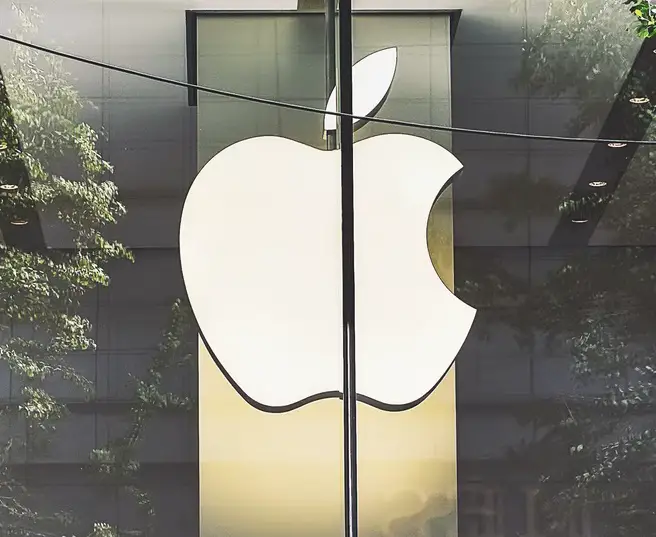Third quarter earnings for Apple (AAPL) arrived after the bell on Thursday, revealing that iPhone sales missed expectations, as revenue fell 1.4% compared to last year, marking the third consecutive quarter of declines. The company derives roughly half of its overall revenue from the iPhone segment.
In after-hours trading, Apple shares lost up to 2.5% Thursday, after the release of the results.
As Mac and iPad sales have slumped, revenue at the tech giant has been sliding for multiple quarters. Apple CFO Luca Maestri said on a call with analysts that the company expects it will see a double digit fall in revenues from these products compared to last year, due largely to pent-up demand from the pandemic’s factory shutdowns, which had driven sales unnaturally high over the previous year, compared to this year’s more normal levels of demand.
Apple had a bright spot in Services, which rose 8% from the previous year’s quarter, beating expectations as it hit an all-time high for the segment. Overall revenue and earnings per share also beat expectations.
When comparing the company’s performance to expectations from Bloomberg, revenue came in at $81.80 billion compared to an expectation of $81.55, and a performance of $82.96 billion in Q3 2022. Adj. EPS was $1.26 versus $1.20 expected, with performance last year at $1.20 in Q3 2022. iPhone revenue was $39.67 billion compared to $39.79 billion expected with prior performance of $40.67 billion in Q3 2022. Services revenue came in at $21.21 billion versus an expectation of $20.77, with prior performance of $19.60 billion in Q3 2022. Mac revenue was $6.84 billion compared to $6.37 billion expected with prior performance of $7.38 billion in Q3 2022. iPad revenue was $5.79 billion compared to $6.33 billion with prior performance of $7.22 billion in Q3 2022. Wearables revenue came in at $8.28 billion comparted to $8.38 billion expected with prior performance of $8.08 billion in Q3 2022.
CFO Luca Maestr said, “We expect our September quarter year-over-year revenue performance to be similar to the June quarter, assuming that the macroeconomic outlook doesn’t worsen from what we are projecting today for the current quarter.”
Maestri predicted revenue for iPhone services would accelerate but that Mac and iPad revenue would decline by double digits “due to difficult compares.”
Smartphone sales in the US are expected to decline however, with Maestri noting it would be “because the [US] smartphone market has been in a decline for the last couple of quarters.” Meanwhile CEO Tim Cook, on a call with analysts, said of America, “It’s a challenging smartphone market in the US currently.”
Cook went on to emphasize Apple’s success in emerging markets, with revenues reaching new highs in multiple countries, including India and Indonesia. He also pointed to the fact Apple has an install base of 2 billion active devices.
Cook said in a statement, “We are happy to report that we had an all-time revenue record in Services during the June quarter, driven by over 1 billion paid subscriptions, and we saw continued strength in emerging markets thanks to robust sales of iPhone.”
The Nasdaq Composite has been host to a surge in tech stocks this year, with enthusiasm over the potential for new cutting edge artificial intelligence technologies to reconfigure vast swaths of the economy to be more efficient, mixing with relief over the resiliency of online advertising, and a growth within the cloud services sector. This July’s wrap up marked a fifth straight month of gains which has lifted the index 40% for the year.

